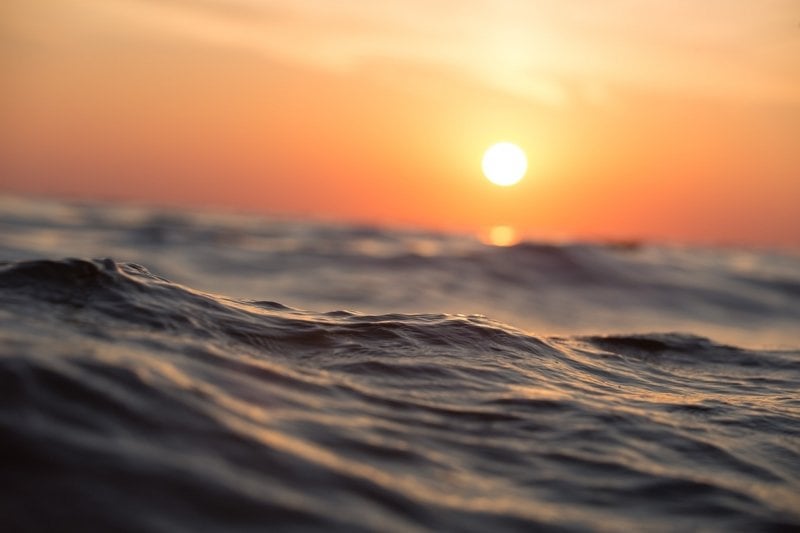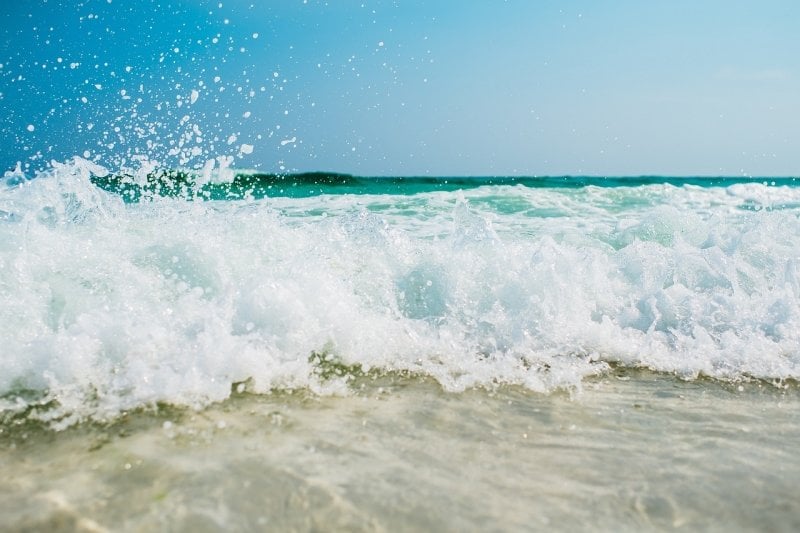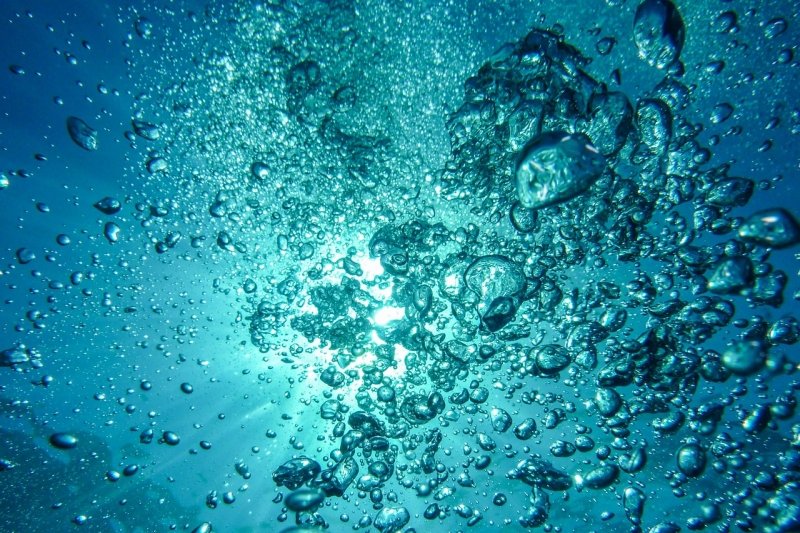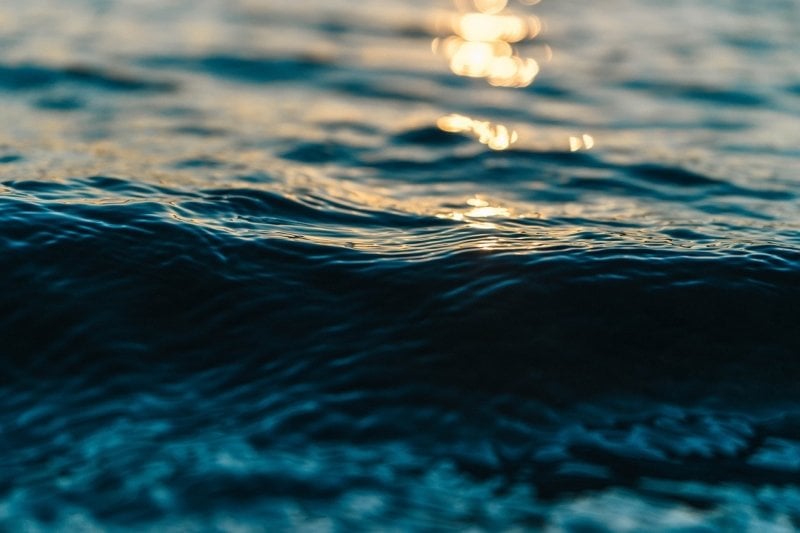
Photo courtesy of Matt Zuro. Image from NWS webpage.
The Laurentian Great Lakes, as the world's largest unfrozen surface freshwater system, hold paramount significance in maintaining the ecological integrity and socioeconomic prosperity of the Great Lakes Basin. The dynamic water levels of the Great Lakes play a pivotal role in numerous infrastructure sectors by influencing multiple factors such as shipping costs, flood risks, water intake locations and coastal erosion.
Over the past decades, the water levels of the Great Lakes have undergone dramatic fluctuations, exhibiting a range exceeding 2 meters. These changes are due to climate-induced alterations in the three primary components of the lakes' water budget: over-lake precipitation, lake evaporation, and basin runoff. For example, a rapid decline in lake evaporation due to colder winters triggered a record-setting water level rise in 2013–2014 which was followed by persistent above-average precipitation, resulting in record high levels during 2019-2020. The Great Lakes scientific community has, therefore, consistently strived to enhance the water level projections.
The production of water level projections primarily involves estimating the future magnitudes of the three primary components of the lakes' water budget, which are collectively known as Net Basin Supply (NBS). This estimation is accomplished through the utilization of climate models, such as Regional Climate Models (RCMs). However, until recently, RCMs were utilized with a one-dimensional (1D) lake model, which has proven to be insufficient in capturing the intricate dynamics of the Great Lakes and their interactions between the atmosphere and the land.
This shortcoming of 1D lake models motivated Dr. Xue and his research group to produce a more robust water level projection methodology. They achieved this by incorporating future NBS projections from a novel regional climate modeling, called the Great Lakes-Atmosphere Regional Model (GLARM) system, that integrates a three-dimensional (3D) lake model. Their projections pointed to an increase in over-lake precipitation and basin runoff, prompting an increase in water level. According to the average of their simulation ensemble, by 2040–2049, the average annual water levels of Lake Superior, Michigan-Huron, and Erie are projected to increase by 0.19, 0.44, and 0.28 m, respectively, relative to 2010–2019 under the Representative Concentration Pathway (RCP) 8.5 scenario. These projections are the first water level projections for the Great Lakes that utilizes the NBS projections from a fully 3D regional climate modeling system.
This research was partly supported by the National Aeronautics and Space Administration, Grant 80NSSC17K0287. The modeling was also supported, in part, by COMPASS-GLM, a multi-institutional project supported by the U.S. Department of Energy, Office of Science, Office of Biological and Environmental Research, Earth and Environmental Systems Modeling program.
Publications
Kayastha, M. B., Ye, X., Huang, C. and Xue, P. Future rise of the Great Lakes water levels under climate change. Journal of Hydrology 612, 128205, https://doi.org/10.1016/j.jhydrol.2022.128205 (2022)
Historic Water Levels

Water Level Projections




